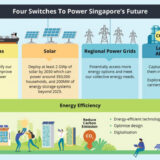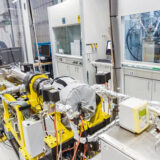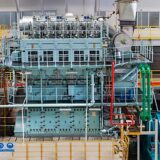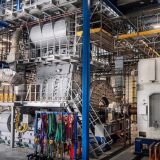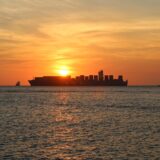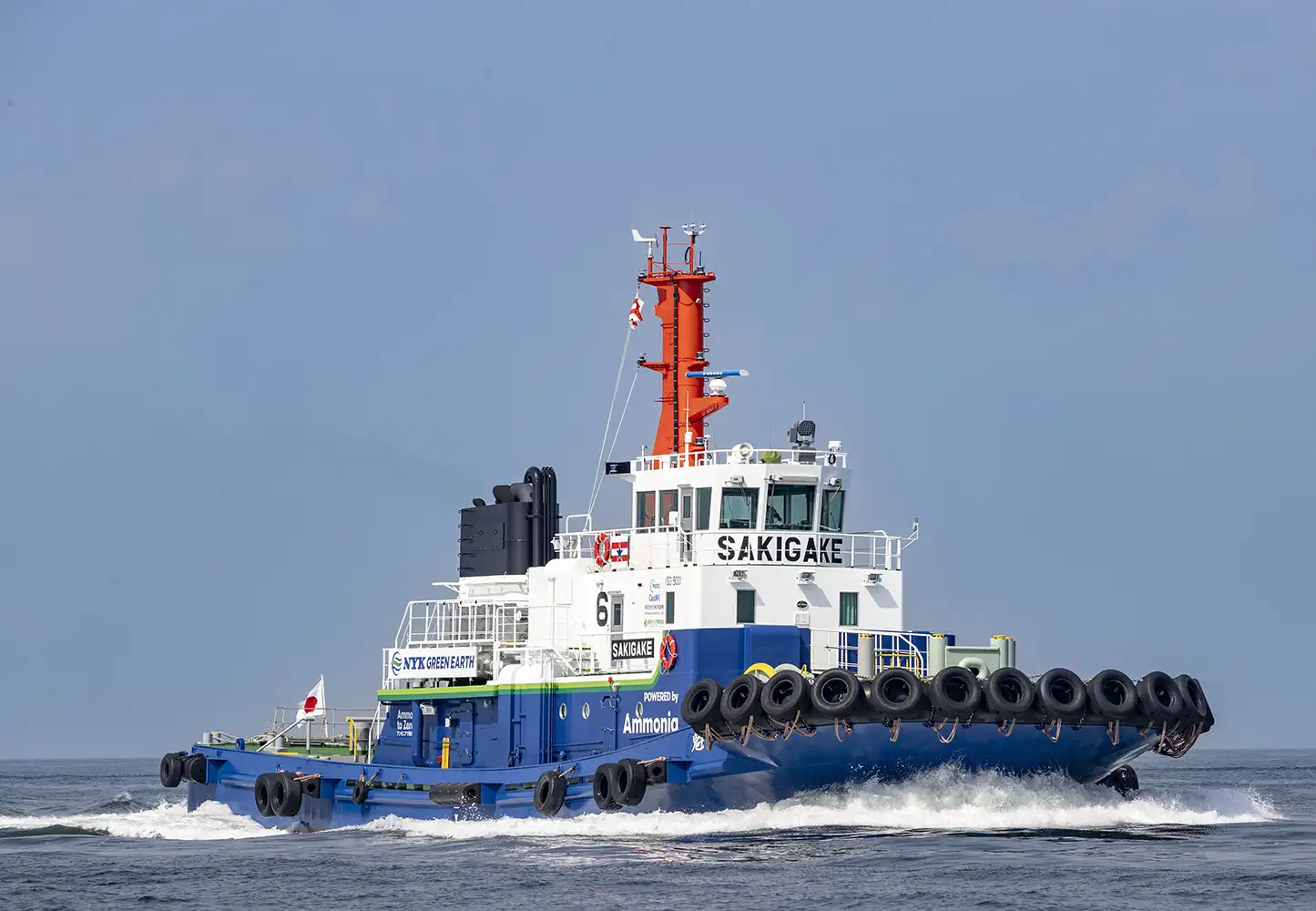
Ammonia-fuelled vessels surge in global shipping projects
The second edition of the Getting to Zero Coalition’s Mapping of Zero Emission Pilots and Demonstration Projects reveals an unmistakable shift in the maritime industry toward ammonia-fuelled ships, alongside a surge in zero-emission activities across Asia. This updated mapping offers valuable insights into 106 zero-emission projects—an increase from 66 in the first edition—spanning ship technology, fuel production, and bunkering infrastructure.
Led by the Global Maritime Forum, the mapping project is a cornerstone of the coalition’s “Motivating First Movers” initiative, designed to support early adopters in pioneering low-carbon solutions. Jesse Fahnestock, project director at the Global Maritime Forum, explained that the comprehensive inventory provides industry frontrunners with a valuable reference point for scaling up zero-emission innovations.
Ammonia-fuel momentum builds
The report identifies a sharp rise in large ship projects involving ammonia, with 10 new demonstration initiatives bringing the total to 14. This marks a significant post-2020 shift, where ammonia is fast emerging as the frontrunner among zero-emission fuels for large vessels, ahead of alternatives like battery, hydrogen, and methanol.
Fuel production projects are also increasingly focused on hydrogen-based Power-to-X technologies, reflecting a broader trend towards integrated hydrogen economies. As hydrogen serves as a feedstock for both ammonia and methanol, many projects show dual classification, further highlighting hydrogen’s central role.
Asia emerges as a decarbonisation hotspot
One of the most noteworthy developments in the second edition is the dramatic uptick in Asia-based projects. While Europe still dominates with 71 initiatives, Asia now accounts for 31—nearly doubling its share from the previous report. Most Asian activity stems from Japan, China, and South Korea, signalling a geographic diversification in maritime innovation.
Fahnestock noted that the increased activity in Asia reflects both improved research methodology and genuine expansion in pilot-scale implementation. Not only is Asia catching up, but new geographies in South America and the Middle East are also emerging as participants in the maritime decarbonisation drive.
Public funding critical to progress
More than half of the 106 projects—54 in total—have received some level of direct public funding. European projects, particularly in large-scale fuel production and bunkering infrastructure, continue to benefit most from this support. However, differing approaches to public-private partnerships in other regions suggest that funding mechanisms are evolving globally.
The mapping data also shows that approximately 10% of previously identified projects have progressed from concept to demonstration stage, indicating growing ambition and scalability.
Navigating toward zero
As the Getting to Zero Coalition aims for commercially viable zero-emission vessels along deep-sea trade routes by 2030, the report underlines that collaboration, innovation, and investment will be key. With rising regional engagement, particularly in Asia, and a focus on scalable technologies like ammonia and Power-to-X, the maritime industry may be closer than ever to a zero-emission future.






